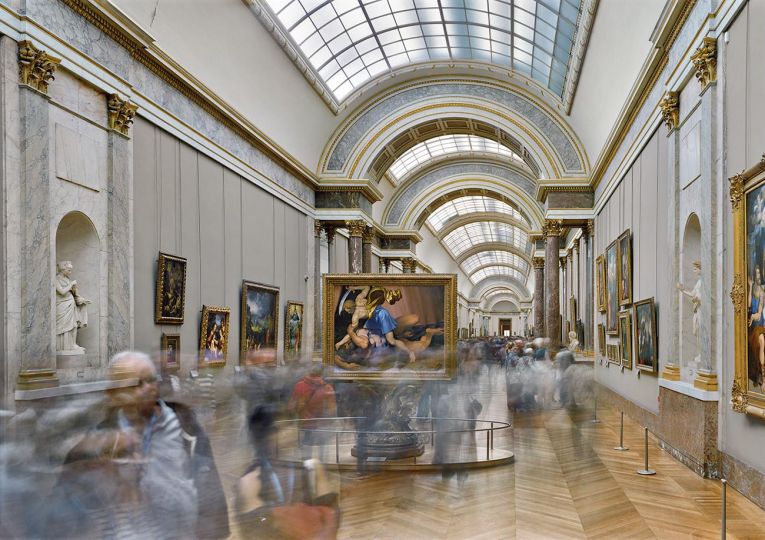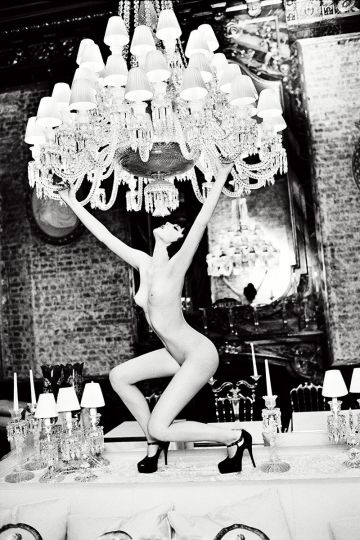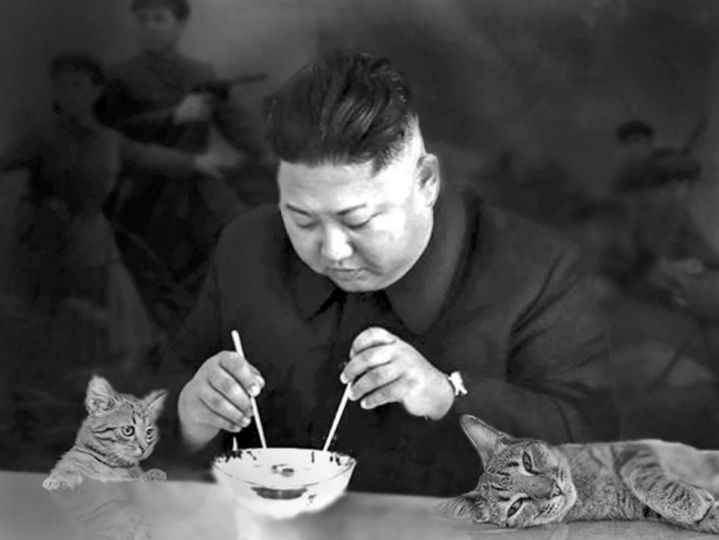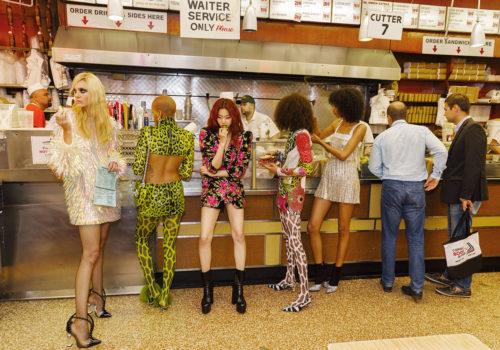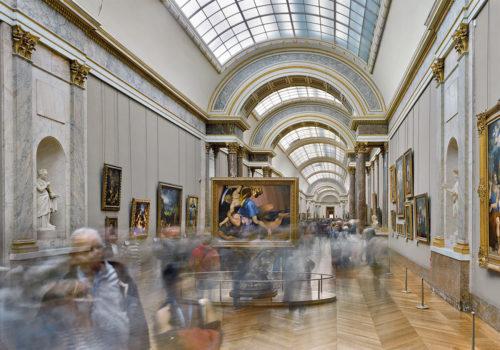Then They Came for Me: Incarceration of Japanese Americans during WWII and the Demise of Civil Liberties examines the terrifying period in U.S. history when the government scapegoated and imprisoned thousands of people of Japanese ancestry. This multimedia exhibition draws parallels to tactics chillingly resurgent today featuring imagery by noted American photographers Dorothea Lange and Ansel Adams, alongside works by incarcerated Japanese American artists Toyo Miyatake and Miné Okubo.
Presented by the Jonathan Logan Family Foundation in partnership with the National Japanese American Historical Society and J-Sei, the exhibition tells the story of the forced removal of 120,000 Japanese American citizens and legal residents from their homes during World War II without due process or other constitutional protections.
On February 19, 1942, President Franklin D. Roosevelt signed Executive Order 9066, which set in motion the incarceration of all Americans of Japanese ancestry living on or near the West Coast. More than 75 years later, this dark chapter illuminates new challenges brought on by fear-mongering and racism at the highest levels of the U.S. government. The exhibition’s venue at San Francisco’s Presidio holds deep significance because in 1942 the military proclamations and Civilian Eviction Orders leading to the mass removal and incarceration were issued from the Presidio-based Western Defense Command.
Then They Came for Me presents this historical event from multiple perspectives. Drawing upon the powerful images uncovered from the National Archives for the book Un-American: The Incarceration of Japanese Americans During World War II by Chicago photo historians Richard Cahan and Michael Williams, the exhibition features works documenting the eviction of Japanese Americans from their homes and their lives in the incarceration camps. The exhibition also presents images of daily life in the camps by artists and inmates Toyo Miyatake, Miné Okubo and Mitsu Sato. Also included are photographs by contemporary photographer Paul Kitagaki Jr., whose work on this subject was recently published in National Geographic.
Combined with additional artifacts made by camp survivors, historical documents, videos and a rich array of cultural, historical, curatorial and political programs, the exhibition illuminates this historical event from several vantage points. Topics explored include the rise of state-sanctioned anti-Japanese sentiment beginning in the late 19th century, conditions within the camps, the irreplaceable loss of many Japanese Americans’ homes and personal property, the resettlement process, and Japanese American postwar activism fueled by the experience of wartime incarceration.
Of the decision to underwrite and produce this important exhibition at this moment in history, Jonathan Logan, President and CEO of the Jonathan Logan Family Foundation, states:
“My parents taught me at an early age that each of us has a responsibility to perform good works that make the world a better place for all. In my family’s Jewish tradition, it’s called “tikkun olam”. Then They Came For Me is a perfect fit for the Jonathan Logan Family Foundation, whose mission is to advance social justice by empowering world-changing work in investigative journalism, documentary film and arts and culture. With this exhibition, we want to shed a light on the past so that we don’t repeat it.”
The exhibition is designed by Tomomi Itakura of i-k design, formerly the Director of Exhibition Design at the Fine Arts Museums of San Francisco and the Senior Designer at the Museum of Fine Arts, Boston.
Then They Came for Me is presented by the Jonathan Logan Family Foundation and is curated in partnership with nationwide and Bay Area-based Japanese American community organizations.
About the Jonathan Logan Family Foundation
The Jonathan Logan Family Foundation supports organizations that advance social justice by promoting world-changing work in investigative journalism, documentary film, and arts and culture. This project is the latest in our efforts to shed light on the incarceration of Japanese Americans and its relevance today and has supported the book Un-American, Abby Ginzberg’s film And Then They Came for Us, Stop Repeating History and other related projects.
Then They Came for Me: Incarceration of Japanese Americans
During WWII and the Demise of Civil Liberties
January 18 – May 27, 2019
100 Montgomery Street, The Presidio, San Francisco
Located at Futures Without Violence



